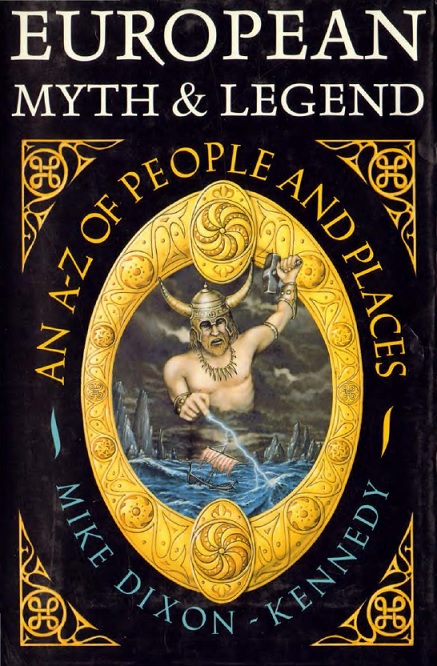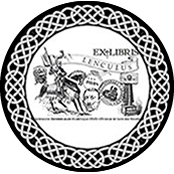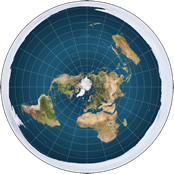
Mike Dixon-Kennedy - European Myth & Legend
An A-Z of people and places
I laving studied the amazingly complex area of world mythology and legend for more years than I care to remember, there are few stories more stirring than those of ancient Europe, and in particular Russia. Regrettably for us at the end of the twentieth century, very few Russian pre-Chnstian (pagan) beliefs remain. Those that do have become Christianized, their pagan roots long forgotten.
My first introduction to Russian legend was the story of the witch Baba-Yaga, though l forget who told me about her- I have a feeling it was a Russian sailor whose ship was at Shoreham harbour in Sussex, quite near my childhood home. Many years later, as I came to start my serious research into world mythology, Baha-Yaga came back mto the frame. However, apart from that one witch, there :;ecmed to be very little else Russian in my researches. Even now, and even though this book covers Russian mythology and legend, the stones I have managed to collect come mainly from the eastern portion of that vast country- a simple fact that has allowed rne lo include them in a book about European myth and legend. I felt that the stories needed telling, for they weave a magical, colourful path that is part fantasy and part embroidered fact. However, due to the paucity of mformation I managed to collect, I had to look deeper into my research database lO see how I could write a book with such meagre pickings. To begin with, I med conflating Russian with Slavonic, enabling me to look at all the Slavonicspeaking peoples, such as the Poles and Czechs. Disappointment followed, for the Polish and Czech information is even more meagre than the Russian. Southern Slavonic countries provided little more. I needed to look further.
My trusty school atlas now came ro the rescue. Studying a map of Europe, I conSidered the validity of including myths and legends from surrounding countries. The first I looked at were the Baltic countries of Lithuania, Latvia and Estoma. The first two produced a little, but Estonia turned up absolutely nothing. Still, at last I was getting somewhere, even though I did not have anything approaching a book in length.
Next I turned to the Finno-Ugric group, mainly Fmlancl but also any country whose inhabitants spoke one of the Finno-Ugric group of languages. By combmmg these with the Baltic and Slavonic mformation I had collected over the years, I came up with nearly enough to compile a single volume. For good measure, I have also included a few of the legends of some Turkic-speaking peoples when they came within rhe general geographical area being investigated.
Finally, I looked at the remainder of Europe, includmg the Germanic-speaking lands from the Teutonic heartland up into Scandinavia, as well as some more random myths and legends from across Europe. Having already written books that cover Celtic and Arthurian myth and legend, I omitted all but a very few of those entries. I have also excluded Graeco-Roman myth and legend, as their inclusion would make this book cumbersome and I intend to write a separate volume on that subject. You will find a few small entries on that enigmatic British legendary figure Robin Hood here, but they are few and they are short, my reason being that this is another subject deserving the full treatment (with King Arthur, Robin Hood remains one of the best known, best loved and least studied of all European heroes).
My last problem, having the information to hand, was how to present it clearly and concisely. The dictionary format came out far ahead of any other style, particularly as it brings the book into line with those already published and builds upon the information in those volumes. I hope you will find the stories within this book as enjoyable as I have.
Whenever you sit down to write a book like this, there are obviously many different people who need to be thanked for their help. However, to list all those who have over the years provided me with information, guided me as to where to look and corrected my countless mistakes and assumptions would need a volume of its own. Needless to say, they all know just who they are and to each and every one of them I say a great big 'Thank you'.
My final thanks have to go to my long-suffering wife, Gill, and to Christopher, Charlotte, Thomas and Rebecca, my four often 'fatherless' children. For long periods of time over many years, they have lost me to my research, my passion. Very rarely have they complained and I hope that now they will be able to enjoy the results of their solitude. Whoever thinks writers lead a solitary life should have thought for the writers' partners, for theirs is the true solitude.
Mike Dixon-Kennedy
Cornwall
For more




